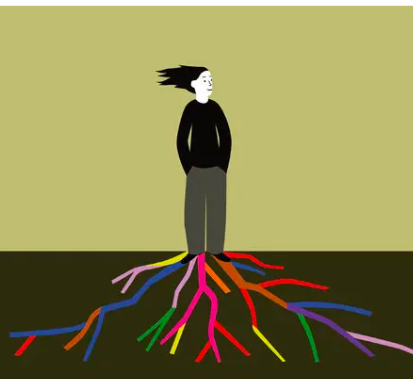Research & Development
Research & Development
Research Methods in Developmental Psychology
Research Methods in Developmental Psychology

A starry night
Look up at the night sky, and find yourself immersed in the amazing mountain range of Aspen.

Misty mornings
Capture the stunning essence of the early morning sunrise in the Californian wilderness.

Utah sunsets
Sunsets over the stunning Utah Canyonlands, is truly something much more than incredible.

A starry night
Look up at the night sky, and find yourself immersed in the amazing mountain range of Aspen.

Misty mornings
Capture the stunning essence of the early morning sunrise in the Californian wilderness.

Utah sunsets
Sunsets over the stunning Utah Canyonlands, is truly something much more than incredible.

Research Methods in Developmental Psychology
There are various methods of research, each with its specific advantages and disadvantages. The one that a scientist chooses depends largely on the aim of the study and the nature of the phenomenon being studied.Research design provides a standardized framework by which to test a hypothesis and evaluate whether the hypothesis was correct, incorrect, or inconclusive. Even if the hypothesis is untrue, the research can often provide insights that may prove valuable or move research in an entirely new direction. There are a number of different ways to conduct research. Here are the most common.

Research Methods in Developmental Psychology
There are various methods of research, each with its specific advantages and disadvantages. The one that a scientist chooses depends largely on the aim of the study and the nature of the phenomenon being studied.Research design provides a standardized framework by which to test a hypothesis and evaluate whether the hypothesis was correct, incorrect, or inconclusive. Even if the hypothesis is untrue, the research can often provide insights that may prove valuable or move research in an entirely new direction. There are a number of different ways to conduct research. Here are the most common.
Cross-Sectional Research
Cross-sectional research involves looking at different groups of people with specific characteristics. For example, a researcher might evaluate a group of young adults and compare the corresponding data from a group of older adults.
The benefit of this type of research is that it can be done relatively quickly; the research data is gathered at the same point in time. The disadvantage is that the research aims to make a direct association between a cause and an effect. This is not always so easy. In some cases, there may be confounding factors that contribute to the effect

Cross-Sectional Research
Cross-sectional research involves looking at different groups of people with specific characteristics. For example, a researcher might evaluate a group of young adults and compare the corresponding data from a group of older adults.
The benefit of this type of research is that it can be done relatively quickly; the research data is gathered at the same point in time. The disadvantage is that the research aims to make a direct association between a cause and an effect. This is not always so easy. In some cases, there may be confounding factors that contribute to the effect


Longitudinal Research
Longitudinal research involves studying the same group of individuals over an extended period of time. Data is collected at the outset of the study and gathered repeatedly through the course of study. In some cases, longitudinal studies can last for several decades or be open-ended. One such example is the Terman Study of the Gifted, which began in the 1920s and followed 1528 children for over 80 years.3
The benefit of this longitudinal research is that it allows researchers to look at changes over time. By contrast, one of the obvious disadvantages is cost. Because of the expense of a long-term study, they tend to be confined to either a smaller group of subjects or a narrower field of observation.

Longitudinal Research
Longitudinal research involves studying the same group of individuals over an extended period of time. Data is collected at the outset of the study and gathered repeatedly through the course of study. In some cases, longitudinal studies can last for several decades or be open-ended. One such example is the Terman Study of the Gifted, which began in the 1920s and followed 1528 children for over 80 years.3
The benefit of this longitudinal research is that it allows researchers to look at changes over time. By contrast, one of the obvious disadvantages is cost. Because of the expense of a long-term study, they tend to be confined to either a smaller group of subjects or a narrower field of observation.















